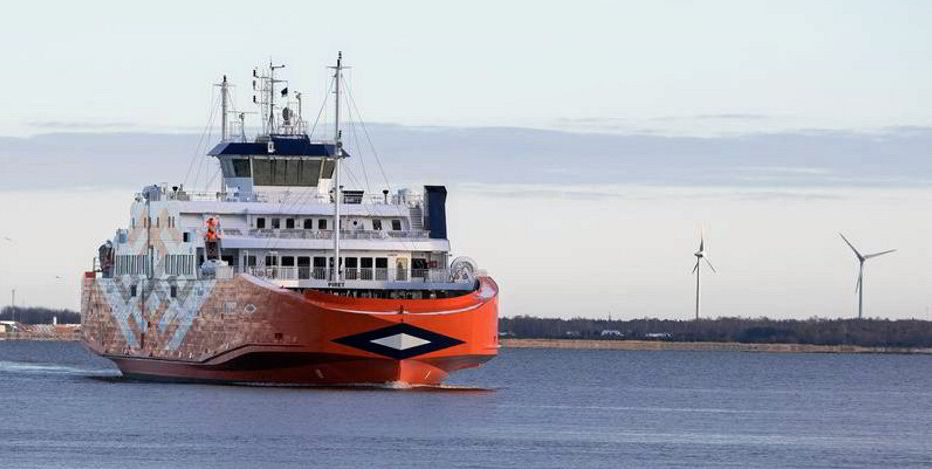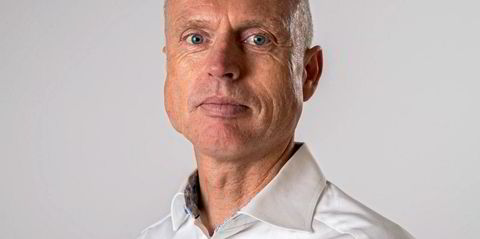Four shipping projects have been included in the first wave of financing of €122m ($145m) from the European Union Innovation Fund for developing low-carbon technologies.
The EU has released investment of €118m in 32 small low-carbon energy projects in 14 member states, plus Iceland and Norway, and €4.4m to help bring 15 other schemes to maturity.
Low-carbon technologies involving hydrogen, energy storage and renewable energy are involved.
Shipping projects included in the main funding are for developing electric propulsion for a ferry and low-carbon bio-liquified natural gas (bio-LNG).
Wind-assisted propulsion for a cruiseship and the use of green hydrogen in fuel cells for a zero-emission vessel will fall into the second category of assistance in coming to maturity.
The bio-LNG project will involve Dutch companies Attero and Bio-LNG Hub Wilp in demonstrating the first industrial plant producing renewable bio-LNG in a standardised, scalable fashion.
A novel technology, called iLNG, will try to overcome hurdles of poor bio-LNG qualities, high methane slip and temperature demands in gas treatment, plus costs for disposal of waste. The plant aims to produce 6m cu Nm per year of biogas, 2,400 tons of biomethane and 5,000 tons of bio-CO2, cutting greenhouse gases (GHGs) by 92% from a reference scenario.
The ferry project will involve integrated battery power for Estonian operator TS Laevad’s 700-passenger and 150-car capacity Piret (built 2017), allowing its diesel engines to run only in challenging situations such as sea ice build-up.

The Piret will be given an upgraded energy-management system with a predictive element to allow its energy demands to be balanced with the limited amount in the batteries.
Future integration of an onshore buffer battery to avoid destabilisation of the electricity grid and to balance demand with real-time network capacity is also proposed as a possibility. The project has the potential to reduce GHG emissions by 61% in comparison to a reference scenario.
The zero-emission vessel project involves powering a ship with a large fuel cell system exclusively using green hydrogen from renewable sources.
Danish ferry group DFDS, fuel cell maker Ballard Power Systems, vessel designer Knud E Hansen, power company Orsted and Danish Ship Finance are participating, as well as Hexagon Composites, ABB and Lloyd’s Register Group Services.
French shipyard Chantiers de l’Atlantique will construct the innovative wind propulsion technology for an unnamed large sailing cruiseship.
The EU Innovation Fund is one of the world’s largest funding programmes for the demonstration of new low-carbon technologies.
Henk Prins, chairman of the Waterborne Technology Platform (WTP), said the funding will offer extremely relevant possibilities for the transition towards zero-emission maritime transport.
“These innovative technologies have reached a technological maturity, but are often not mature yet from a financial perspective,” he said.
WTP is a European group of shipowners, shipyards and equipment makers that is collaborating with the EU on research and innovation.
The Innovation Fund exists within the framework of Horizon Europe, the EU's wider climate change funding programme with a budget of €95.5bn.






